A quarter of a century after the independence of India and creation of Pakistan, the new nation gave the lie to the claim that religion is the most irrefutable instrument for nation-building. East Pakistan, earlier East Bengal, was predominantly Muslim, but more than that, it was Bengali. Jinnah failed to grasp this, and it was during his tone deaf 1948 speech at Dhaka University, his first and last visit to East Pakistan, that the foundations of Bangladesh were laid. He accused those promoting Bengali as an official language alongside Urdu of being not just provincial but “enemies” who wanted to weaken Pakistan and enable the re-entry of East Pakistan into India. He described Urdu as the language that had been nurtured by Muslims of the sub-continent, and which “embodies the best that is in Islamic culture and Muslim tradition and is nearest to the languages used in other Islamic countries”. In South Asia, after India, it was the people of East Pakistan who rejected religious nationalism, and demanded empowerment through fair political representation and access to the country’s resources. On its 50th anniversary, Bangladesh is being toasted as the success story of South Asia, its economic development seen as guided and facilitated by its constitutional secularism. What is as remarkable as the Bangladesh success story is India’s role in its liberation. Despite initial differences between the Ministry of External Affairs and R&AW over the nature of the crisis between east and west Pakistan, various arms and agencies of the government as well as the political class came together under the leadership of Indira Gandhi. The country was struggling with poverty, its people were still reeling from a drought a few years earlier, the economy was in a parlous condition, the armed forces were still coming to grips with an inconclusive war with Pakistan in 1965, and national morale was yet to recover from a crippling military defeat at the hands of China in 1962. But once the plan was finalised, India’s intervention in the liberation took place in stages over several months, each step timed to achieve the maximum result.
Today, India is a far more powerful country, but seems to struggle to bring a whole-of-government approach of the 1971 kind in the framing of strategic objectives, whether it is with Afghanistan, China, or even with an old friend like Russia. Delhi also sometimes seems unmindful of the consequences of the echo and spillover of communally divisive rhetoric from domestic politics to foreign policy. A broken promise to share the Teesta waters has also undermined relations. Delhi must safeguard this precious asset, and make it grow.

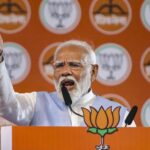



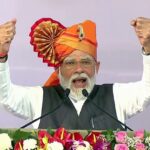
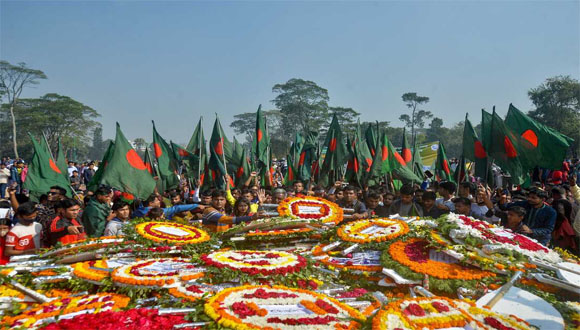
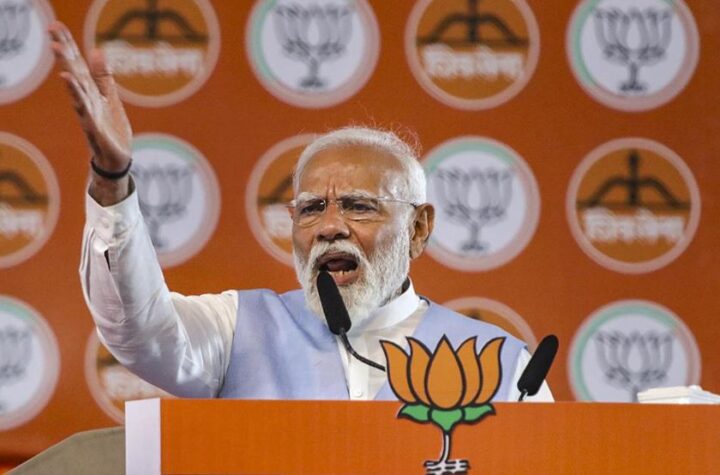

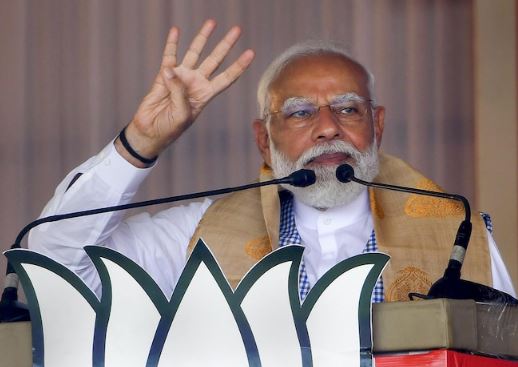

More Stories
NDA as 15 in Northeast’s 25 seats go to polls: PM
Not Big Fan Impact Player; Its Development of All-Rounders, Says Rohit
Modi will come with hope in 2024: PM